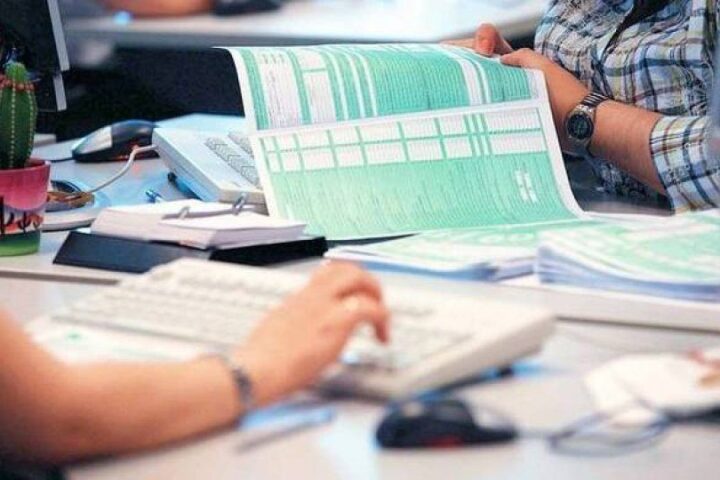By Satomi Noguchi
Japan's best-known retail currency trader, a housewife who made 800 million yen ($9 million) on the dollar, euro and pound, says although markets are volatile it may be a good year to buy the Australian dollar and Turkish lira.
Nicknamed the "kimono trader" by Japanese media, 61-year-old Yukiko Ikebe has written a book called "The secret of FX" (http://www:yukikov.net) outlining the key to her success in Japan's popular foreign exchange margin trading.
Ikebe is shy of showing her face, after a brush with tax authorities on her profits, but she lectures on forex investment and still trades a little — including scoring a big win when she closed many of her positions ahead of the Lehman Brothers collapse that roiled markets last year.
For years Japanese retail investors profited from investing higher yielding currencies abroad but with world financial markets in crisis and the yen at 13-year highs versus the dollar, Ikebe warns there is no such thing as easy money and investers must work hard not to get caught out.
"For now, I would recommend short-term trading because we cannot expect big price movement such as 10-20 yen moves this year," Ikebe told Reuters in an internet cafe in central Tokyo.
"But it is a big year for creating long-term investment positions for the next five years because ny technical analysis shows the economy is bottoming within this year or by January-February 2010."
Ikebe, who began margin trading in 2000 and often places orders before breakfast, uses the phone to place her bets, but margin trading over the Internet is becoming increasingly popular.
Margin trading lets investors borrow money to leverage small cash investments — and Japanese used very low interest rates in Japan to multiply profits when investing offshore.
Such investments have boomed since forex dealing was deregulated in 1998 and a central bank report says daily volume had grown to 3.6 trillion yen ($40.5 billion) by early 2008, making 14.5 percent of all yen trades around the world.
If a currency moves in the opposite direction to the bet, the trader has to pay a margin of the unrealised loss to keep the investment going, and Ikebe said she has learned not to cling to losing bets.
"I learned my way to act and cut positions quickly as possible when I made mistakes," said Ikebe who now teaches other margin traders at seminars.
TECHNICAL ANALYSIS
She also ran foul of the taxman, facing a bill two years ago on profits of $4.5 million from her trades, but has since become an icon for housewives looking for ways to make extra money.
She uses technical analysis to decide her strategy, a skill she taught herself with help from fund managers after spotting scrolls of rolled-up charts used by her broker.
"When I saw the hand-written chart with lots of marks in red pencil, I was so touched, and moved, and shocked," she said.
Charting rapidly became a passion which improved her trading performance, and she rattles through instructions for candle charts, Fibonacci retracements and relative strength indexes.
She closed many of her positions last July, just before the collapse of Lehman Brothers sent markets into a tailspin, and her lecture tours mean she doesn't trade as much as before.
Travelling to the countries of her prospective currency bets is also part of her strategy but these days she has little time.
"I went to Egypt last March but after seminars and writing books, people reckon I don't have time to travel any more."
Nonetheless the Australian dollar and the Turkish lira are her favourites right now and she is looking for opportunities to buy them against the yen to hold for the next five years.







